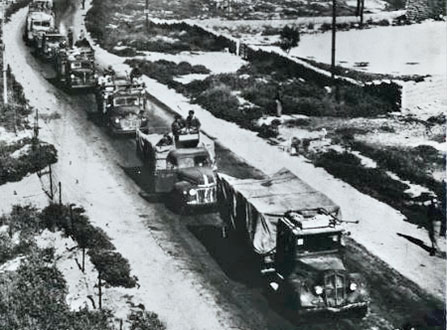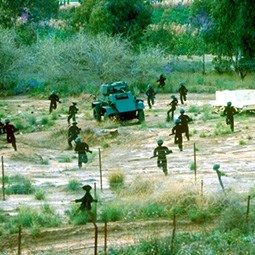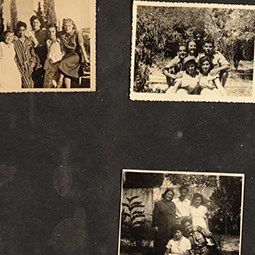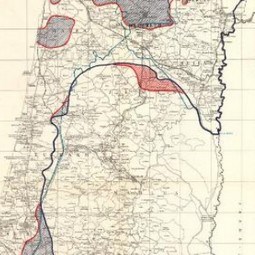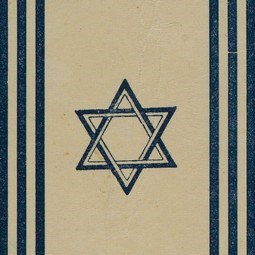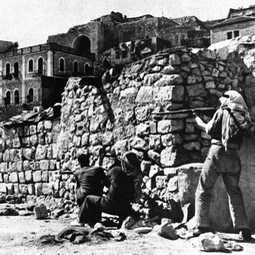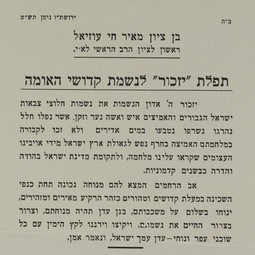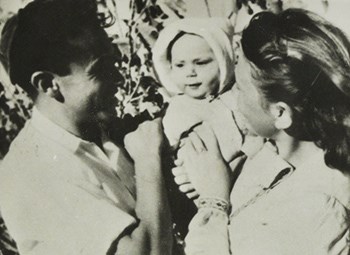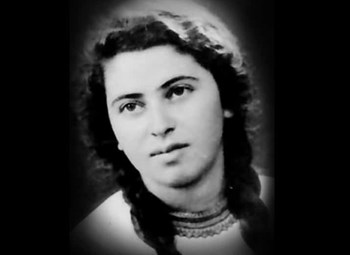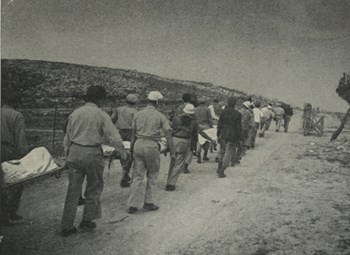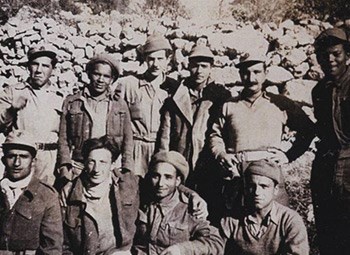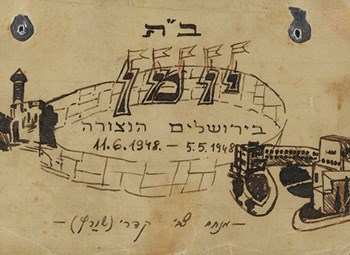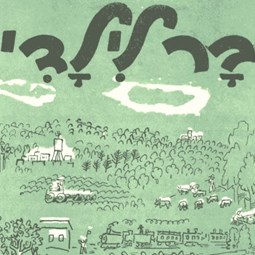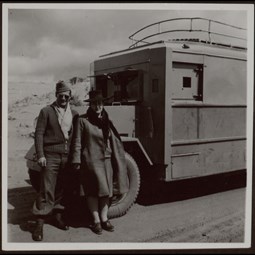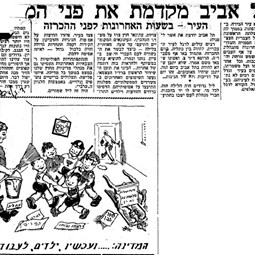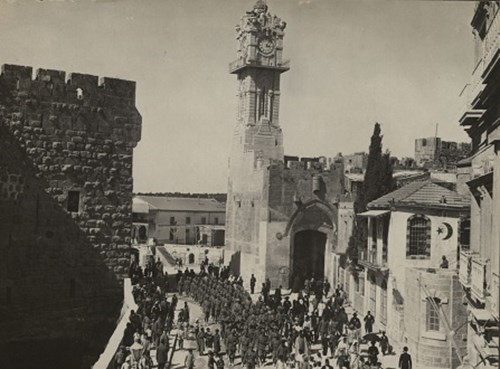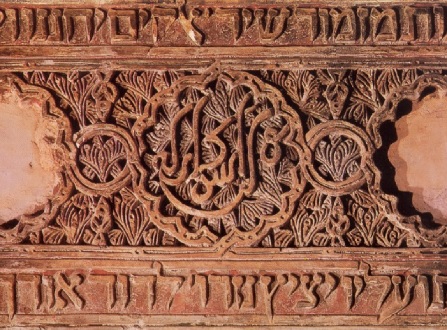More on the War of Independence
Major Military Operations
Operation Nachshon in April 1948 was the largest and most crucial military offensive operation up to that point in the war. The operation’s objective was to break through the road to Jerusalem, then under blockade, and take control of outposts along the way. Over the course of the operation, the road to Jerusalem was taken and cleared, with convoys finally able to reach the city with food, equipment and ammunition. The operation was considered a turning point in the war, which allowed Israel to shift its military strategy from a defensive posture to offensive action.
Throughout the war, the liberation of Jerusalem had been a key objective and many difficult battles fought in and around the city eventually accounted for about a third of the war dead. Because Jerusalem was under blockade for long periods and owing to its symbolic importance, forces focused on liberating the road to the city and sending through convoys of supplies and reinforcements.
Operation Danny in July 1948 is considered one of the war’s great successes. It was also the most important operation to take place on the central front. The goal was to clear the route from the coast to Jerusalem through the conquest of Ramla, Lod, Latrun and Ramallah. Though Latrun and Ramallah were not taken in the end, the capture of Ramla and Lod was enough to open a route from the coastal region to Jerusalem and also to push Jordan's formidable Arab Legion force away from the coastal urban areas. Palmach fighters played key roles in Operation Danny, which was led by Palmach commanders. About 1,000 Palmach soldiers were killed during the War of Independence.
The IDF’s last military operation during the war was Operation Uvda in March 1949, in which the IDF conquered the southern Negev and Arava regions as far as Eilat (then called Umm Rashrash). The raising of the improvised ink flag at the end of the operation became one of war’s best-known symbols.
The End of the War
The difficult campaign lasted more than a year and a half and ended on July 20th, 1949. In January 1949, the UN sponsored ceasefire talks in Rhodes. The talks continued for about six months with Egypt, Lebanon, Jordan and Syria eventually signing the 1949 Armistice Agreements, officially ending the War of Independence. The armistice line that was agreed upon, later called the “48 Borders,” was marked in green on the maps, leading to the frequently used term, “The Green Line.”
The War of Independence in Israeli Culture
The war left a deep imprint on the emerging Israeli culture. Its events became fertile ground for playwrights, writers, poets and composers who described it from every aspect. In addition to contemporary publications printed during the war, in blockaded Jerusalem and other parts of the country, dozens of history books in Hebrew, Arabic, English and many other languages, which illuminate the war from various perspectives, as well as online articles and a wealth of research literature, are available to readers through the National Library collections.
Rare sound recordings, posters and photographs allow us to learn how Jewish civil society reacted to the general state of emergency.

 Sign in with Google
Sign in with Google
 Sign in with Facebook
Sign in with Facebook
